
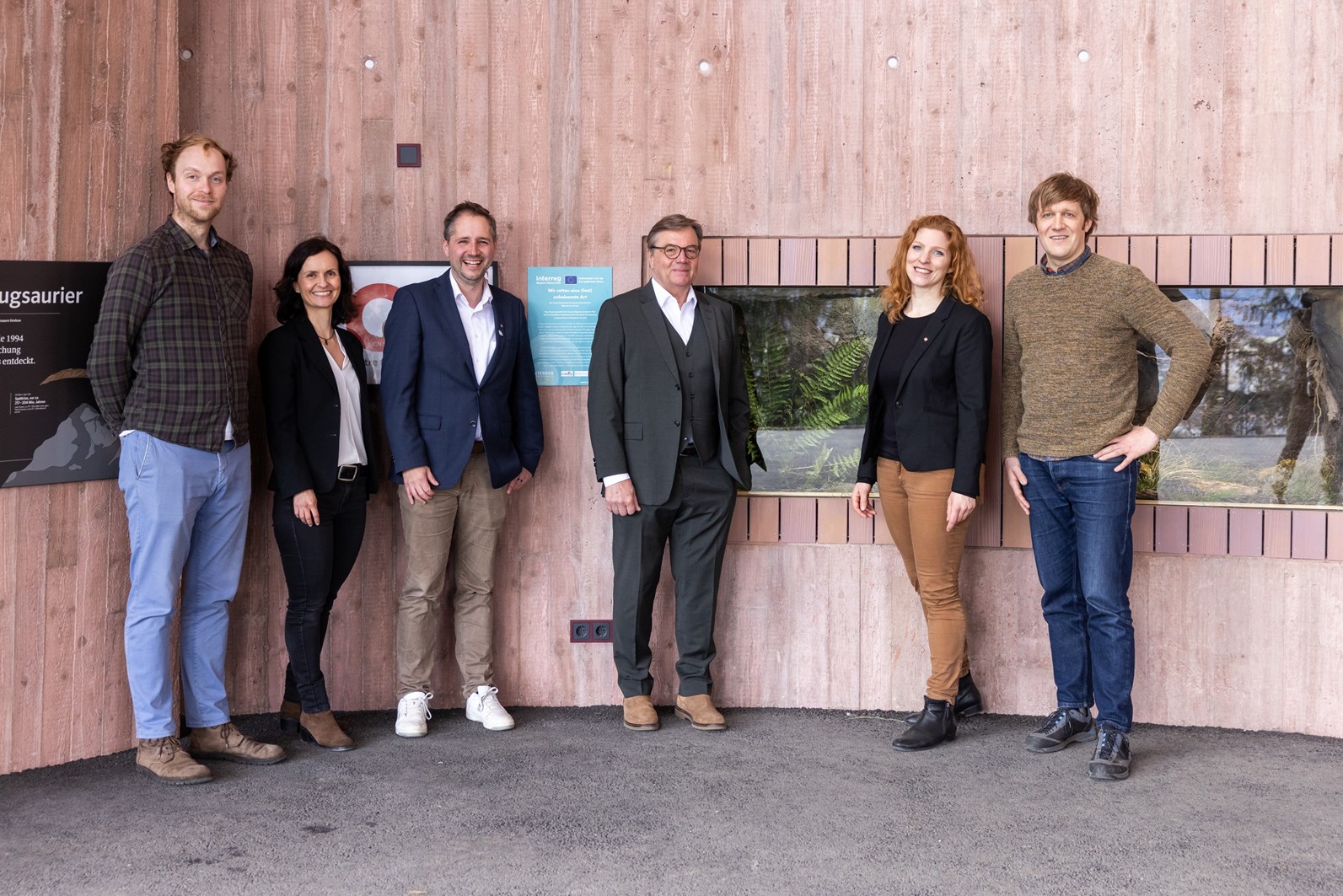 Innsbruck / Garmisch-Partenkirchen, March 2025 — A new cross-border initiative has been launched to protect one of Europe’s rarest mammals, the Bavarian Pine Vole (Microtus bavaricus). The Alpenzoo Innsbruck-Tirol (Austria) and the Bavarian Environment Agency (Germany) have officially joined forces in a landmark conservation project to secure the future of this species. During a ceremonial event, the two partner institutions signed an agreement for a transboundary initiative dedicated to protecting this vole.
Innsbruck / Garmisch-Partenkirchen, March 2025 — A new cross-border initiative has been launched to protect one of Europe’s rarest mammals, the Bavarian Pine Vole (Microtus bavaricus). The Alpenzoo Innsbruck-Tirol (Austria) and the Bavarian Environment Agency (Germany) have officially joined forces in a landmark conservation project to secure the future of this species. During a ceremonial event, the two partner institutions signed an agreement for a transboundary initiative dedicated to protecting this vole.
The Bavarian Pine Vole was first discovered in 1962 near Garmisch-Partenkirchen (Bavaria, Germany). Considered extinct after decades of absence, it was rediscovered in Mittenwald in 2023 by the Bird Protection Agency Garmisch-Partenkirchen at the Bavarian Environment Agency. Until then, the only known population occurred in North Tyrol (Austria), near the Alpenzoo. With an extremely limited range and very small population, the species is classified as Critically Endangered (CR) on the Austrian Red List and as Extinct / Lost on the German Red List.
 At the heart of the conservation effort is the EUREGIO Zugspitze-Wetterstein-Karwendel region, which includes vital habitats for the vole. Funded 75% by the EU’s Interreg Bavaria-Austria 2021–2027 program, with additional support from the Alpenzoo, the project’s measures to protect the Bavarian Pine Vole include:
At the heart of the conservation effort is the EUREGIO Zugspitze-Wetterstein-Karwendel region, which includes vital habitats for the vole. Funded 75% by the EU’s Interreg Bavaria-Austria 2021–2027 program, with additional support from the Alpenzoo, the project’s measures to protect the Bavarian Pine Vole include:
- monitoring of populations in Bavaria and Tyrol,
- conservation of the species and preservation and management of its habitats, and
- public awareness campaigns and environmental education about this unique alpine species.
The project also contributes to establishing an IUCN Centre for Species Survival at the Alpenzoo to ensure long-term preservation of endangered small mammals and alpine species. This aspect is implemented in collaboration with the IUCN Small Mammal Specialist Group.
The Alpenzoo and the Bavarian Environment Agency are jointly committed to preserving this rare species. Dr. André Stadler, Director of the Alpenzoo, emphasized the importance of cross-border cooperation:
“This project is a prime example of species and habitat conservation across borders. Together, we can save an endangered species that hardly anyone knows about—but is a vital part of our alpine biodiversity.”
Sabrina Blandau, Managing Director of EUREGIO Zugspitze-Wetterstein-Karwendel, added:
“We are proud to support this unique project through the Interreg program. It’s a meaningful way to contribute to species and nature conservation in the European Alps.”
This agreement signals a hopeful future for the Bavarian Pine Vole—and a stronger commitment to biodiversity conservation in Europe’s alpine region.
Persons present at the event:
Günther Platter, President of the Alpenzoo Innsbruck-Tirol Association
Dr. André Stadler, Direktor of the Alpenzoo Innsbruck-Tirol
Dr. Nora Weyer, Conservation Officer at the Alpenzoo’s Centre for Species Survival
Dr. Simon Ripperger, Scientific Expert, Bavarian Environment Agency
Sabrina Blandau, CEO of EUREGIO Zugspitze – Wetterstein – Karwendel (EZWK)
Bavarian Pine Vole launch; press release from Alpenzoo and Bavarian Environment Agency.
Find out more about the CSS here.


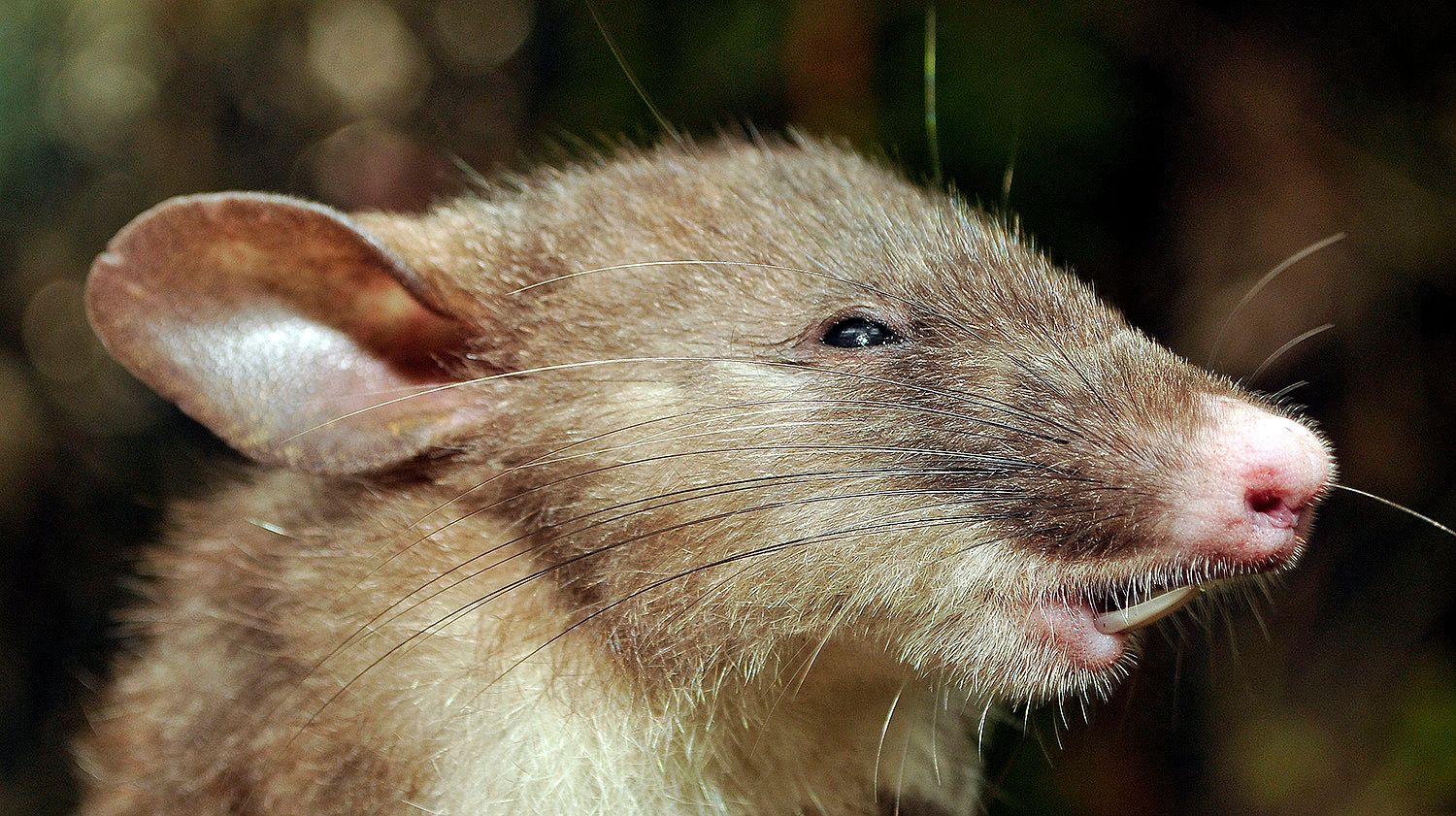
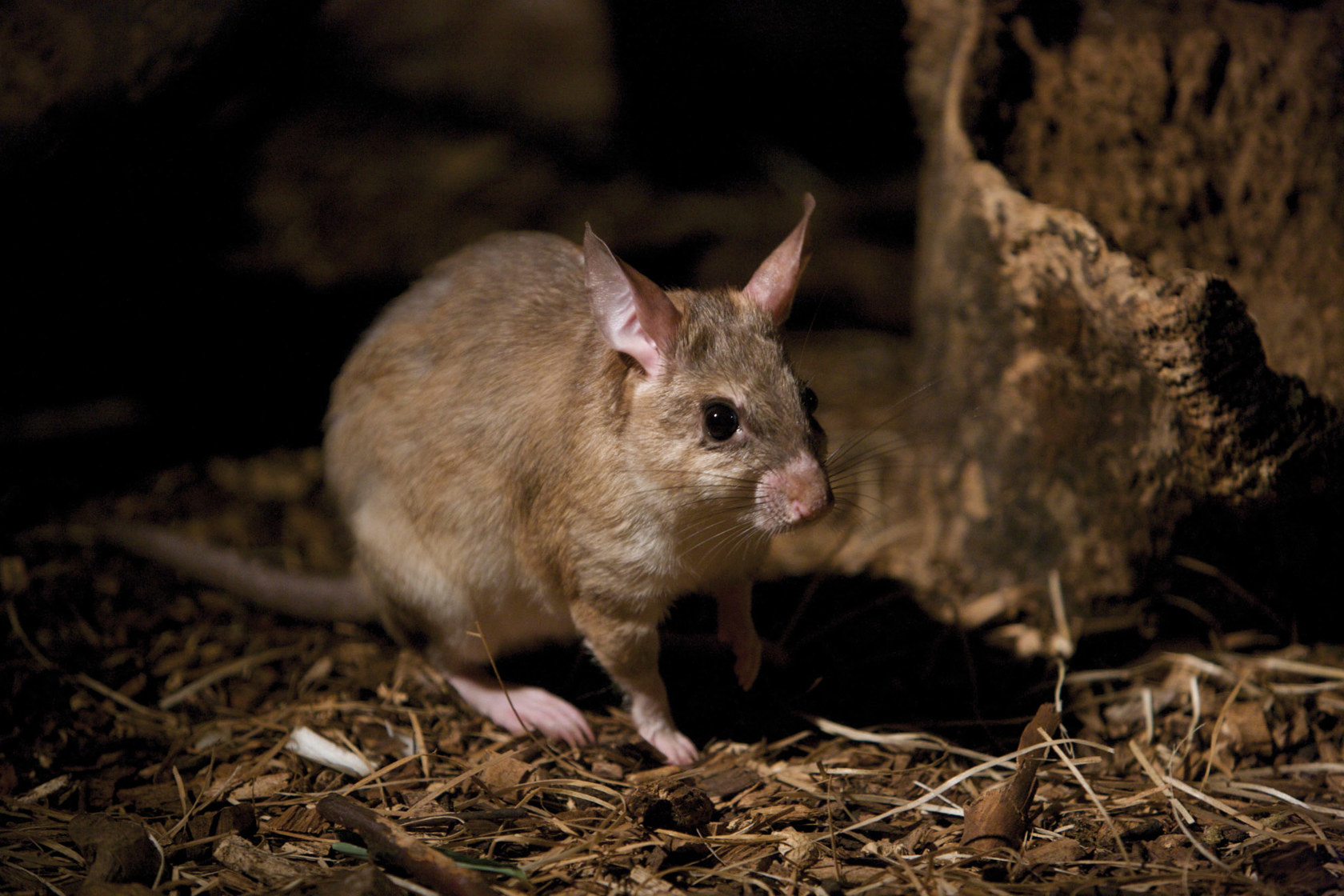

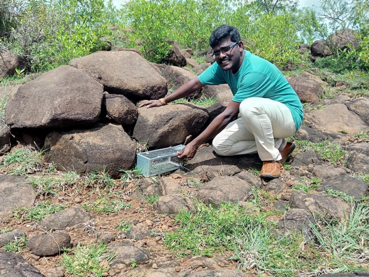
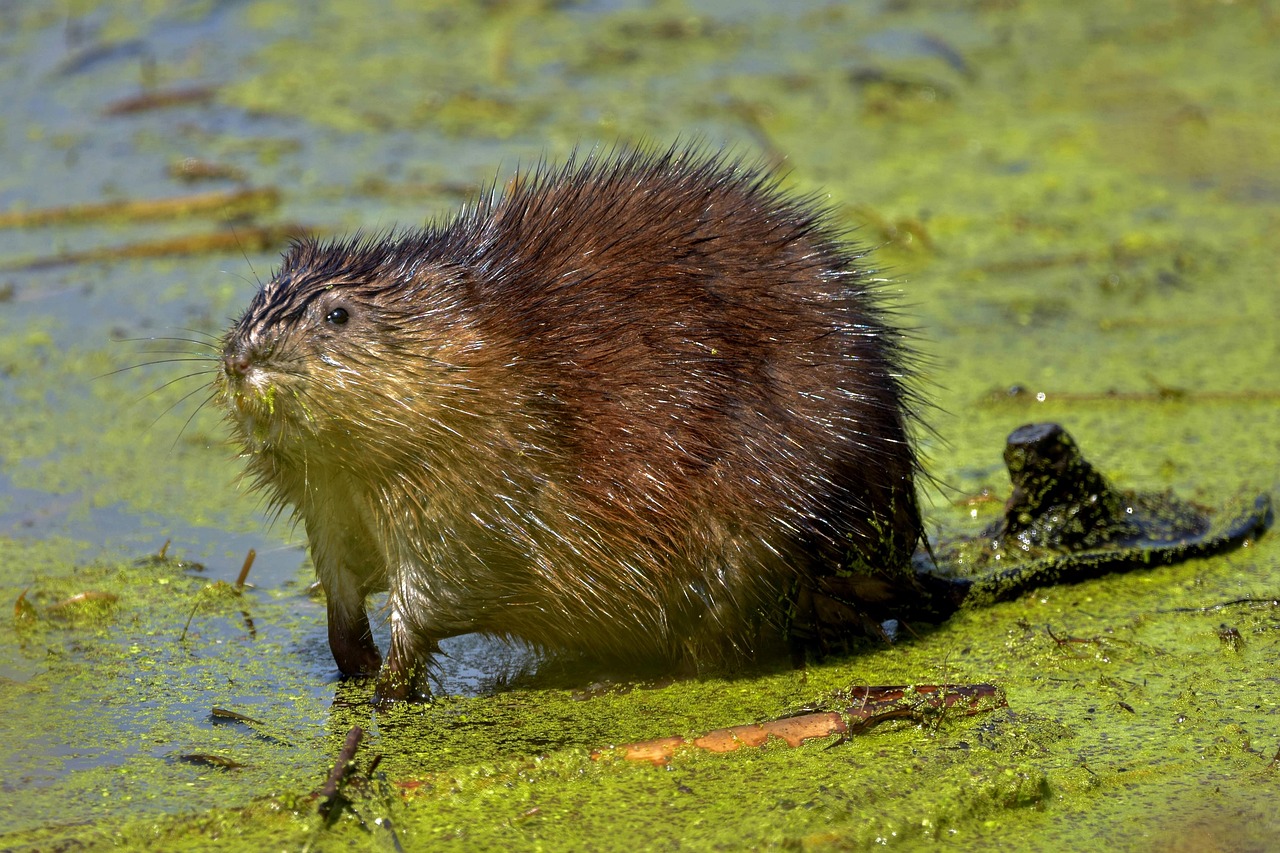
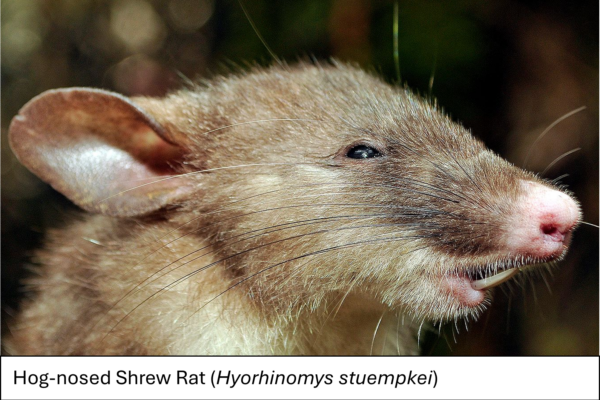
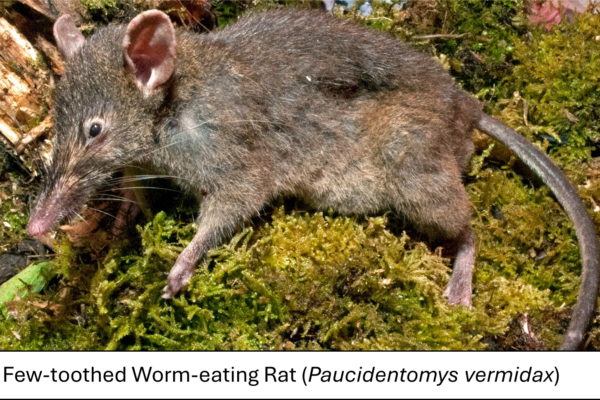
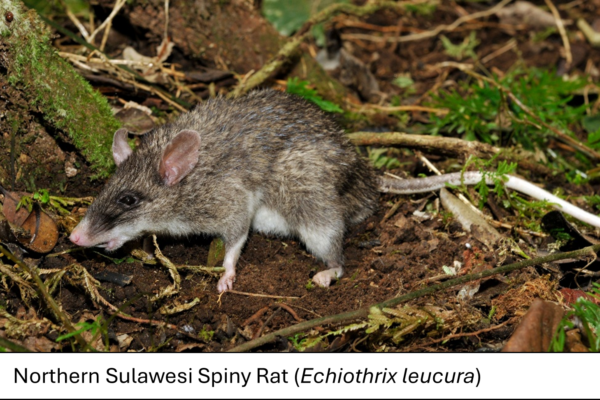
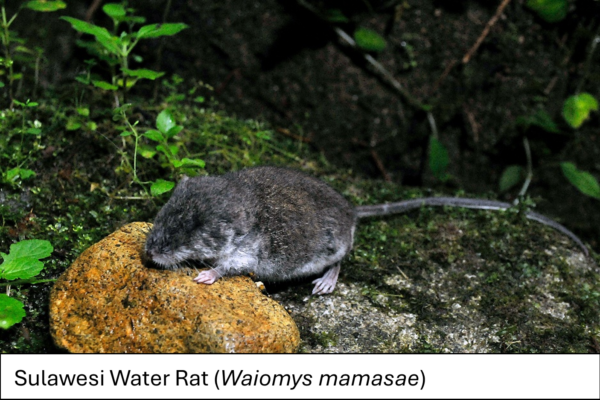






Recent Comments